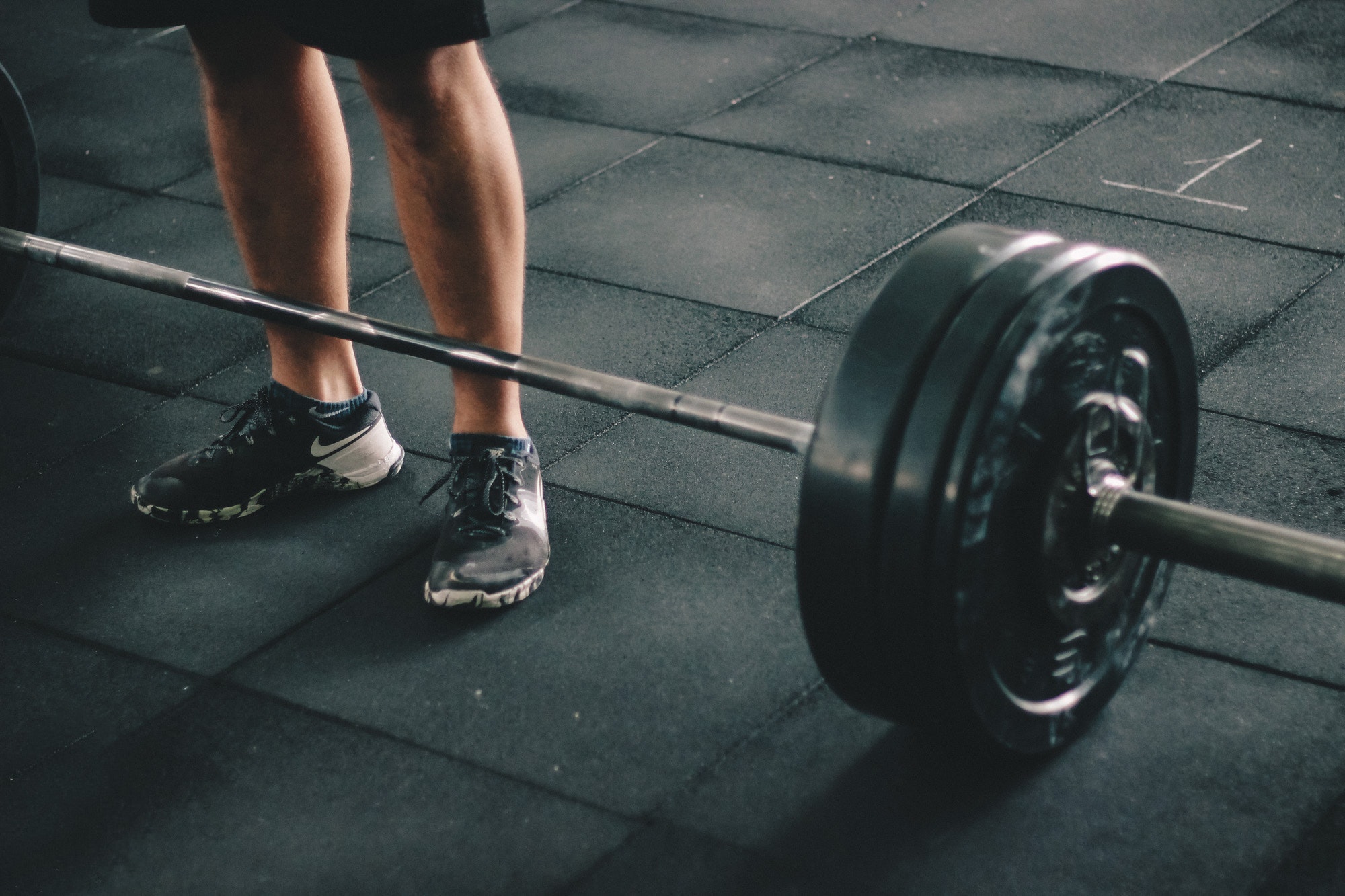Optimal Physical Health
“Beloved, I wish above all things that you prosper and be in health, even as your soul prospers”…paraphrased from the New Living Translation Bible 3 John 2.
What actions are necessary to achieve prosperous health?
Does it take large sums of money? According to the World Health Organization (WHO), the United States spends a higher portion of its gross domestic product on health care every year than any other country. Yet, the United States ranks 37th out of 191 countries in the ranking of health care systems. The cost of health care in the United States is $2.8 trillion dollars a year. Chronic diseases such as diabetes, obesity, lung disease, and heart disease account for 75% of these dollars. Yet, these health conditions are mostly preventable.
What contributions have scientific research and informatics made to improve the health of the nation? In the 21st Century, medical skills and technology are available to diagnose and treat almost every medical condition that affects the human body. Organ transplantation of hearts, lungs, liver, and bone marrow are near perfection. Stent placement in heart and kidney blood vessels take place in a matter of minutes. The frequency of these procedures make them appear as less than miraculous. In spite of this, actual causes of death in the United States still respond better to prevention than to treatment.
Because optimal physical health is still best achieved through prevention, here are 3 ways to practice proactive healthy living everyday.
1. REST AND SLEEP IS THE FOUNDATION TO GOOD HEALTH. Consider this. The most important factor in achieving optimal health is FREE! Adults need 8 hours of sleep and children less than 12 years of age need 10 to 11 hours of sleep each night. Here’s why:
- During sleep, the body rejuvenates.
- Rest and sleep strengthen immune function, memory, and learning.
- Sleep makes us alert, more energetic, happier, and better able get work done.
- Sleep plays a critical role in brain development in infants and young children.
(http://healthysleep.med.harvard.edu/healthy/matters/benefits-of-sleep/why-do-we-sleep)
2. ENERGY is the main by-product of food. What does your body feel like after you eat? Are you energetic or sluggish?
- Examples of energy foods are fruits and vegetables like apples, oranges, bananas, grapes, tangerines, coconut, greens, carrots, tomatoes, spinach, broccoli, cabbage
- Examples of foods that make one sluggish are those high in sugar like soft drinks, kool-aid, iced tea with sugar, candy, doughnuts, fried foods, fast foods cream cheese, potatoes with butter and sour cream
3. STAMINA is the main by-product of physical activity. Stamina is the strength to endure, to keep going for a long time.
- Exercise makes more oxygen available to muscles and tissues in the body. Oxygen is the most important substance in life. How long can you live without oxygen?
- Exercise stimulates the brain to produce “endorphins.” Endorphins help improve your mood as well as your ability to handle pain.
- Exercise improves health especially for persons diagnosed with diabetes. Regular exercise helps keep the blood sugar under good control
- Exercise builds self-confidence
- Exercise helps to manage weight




